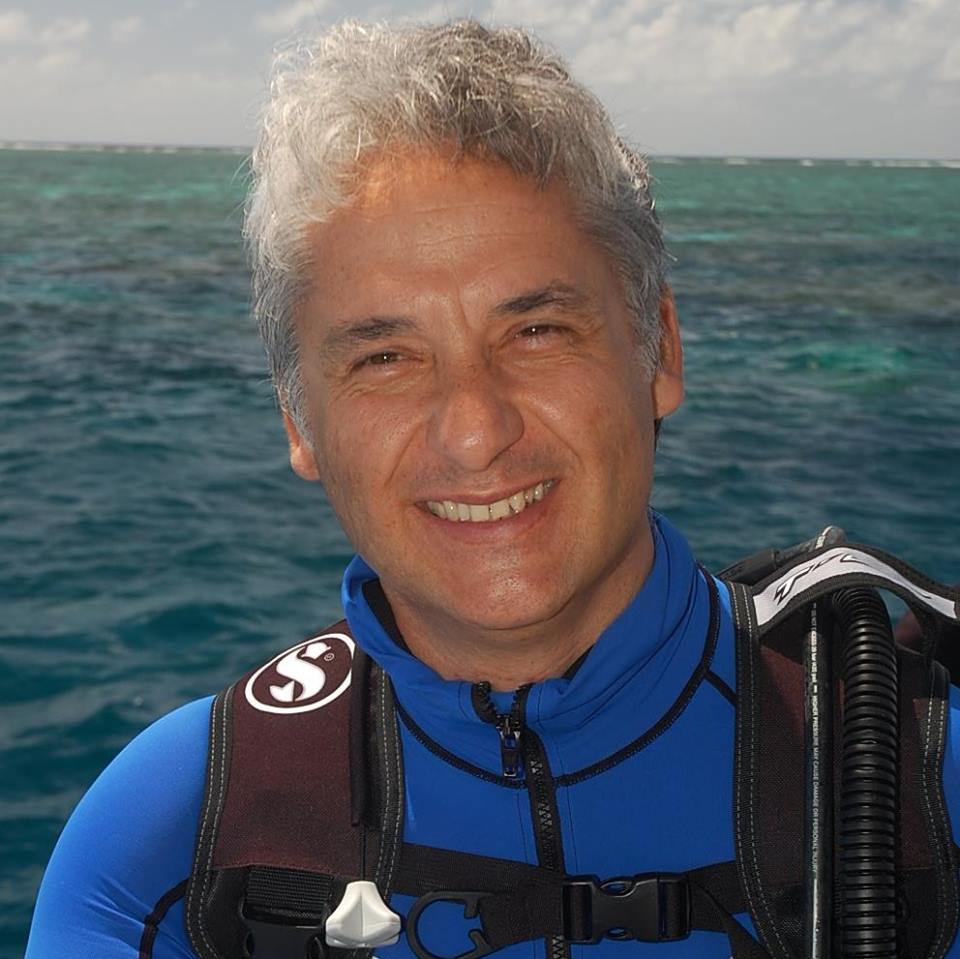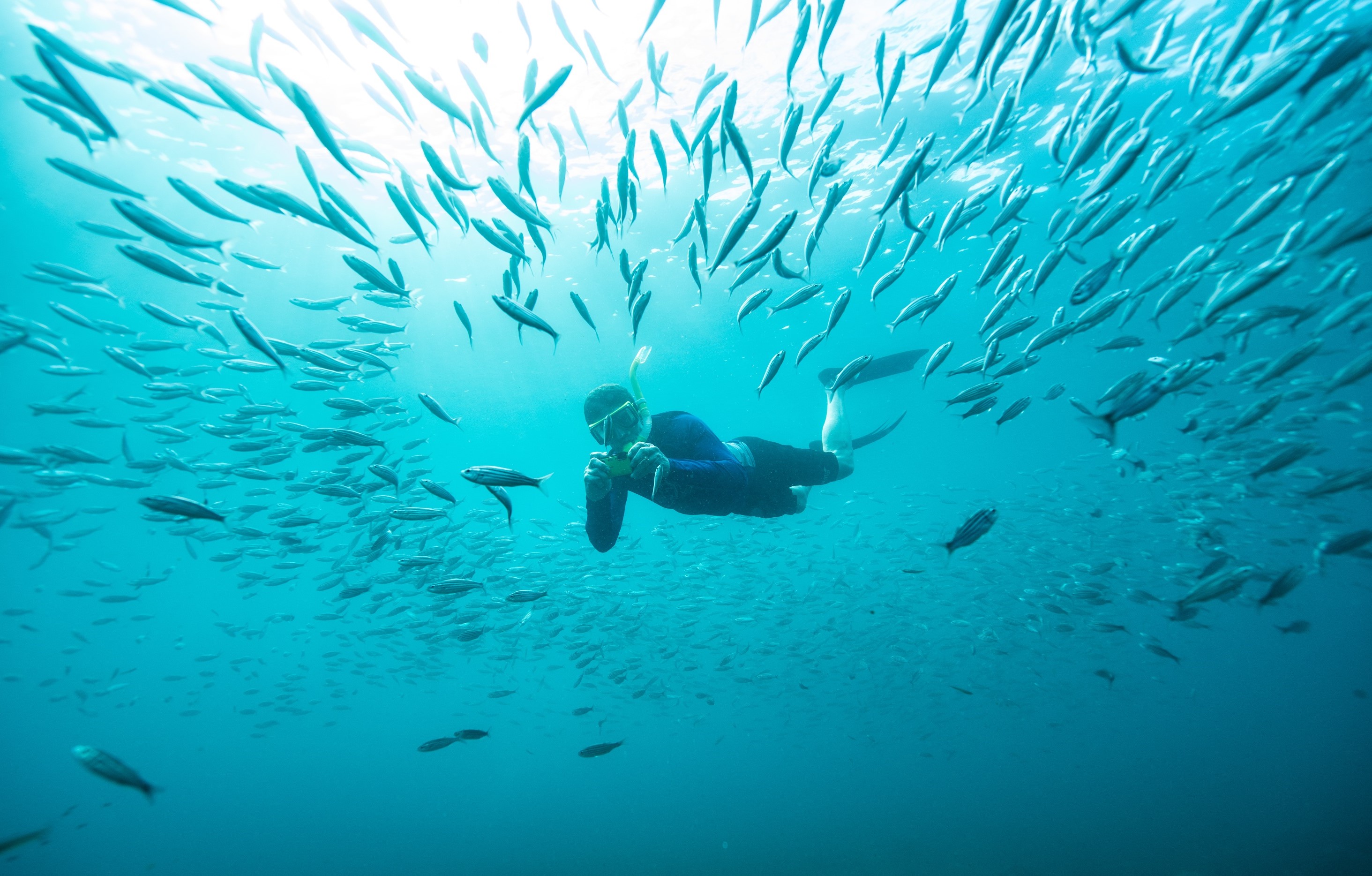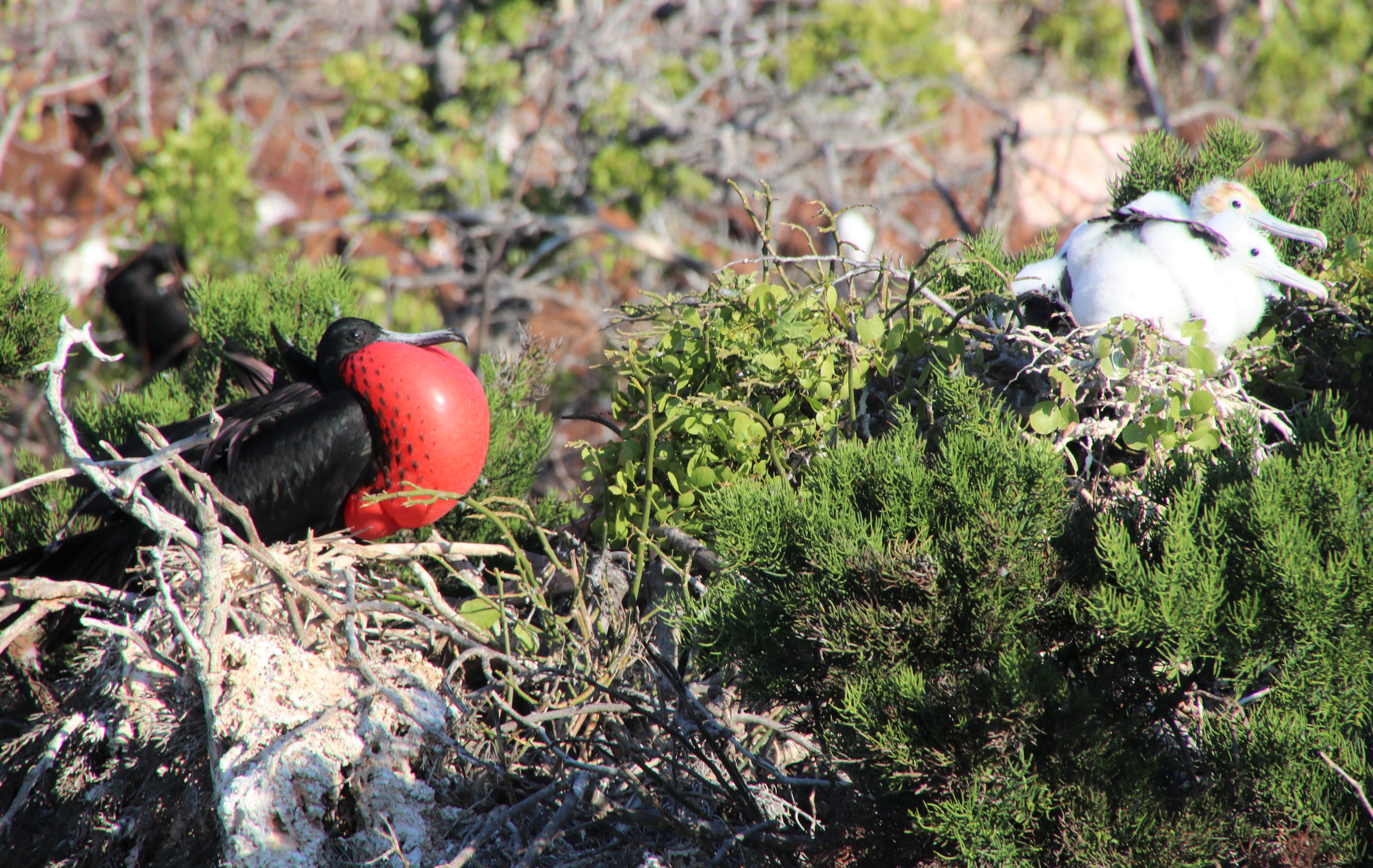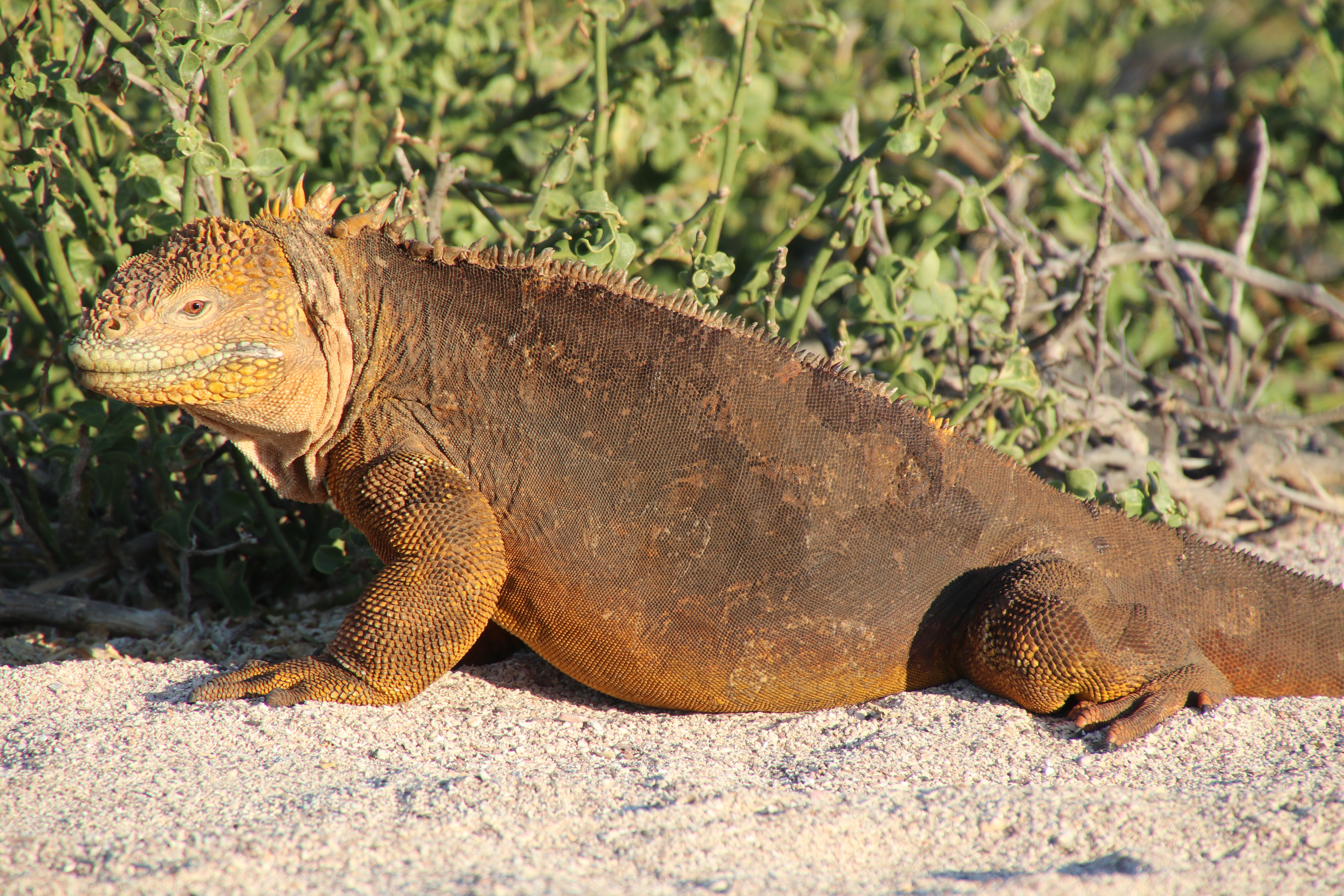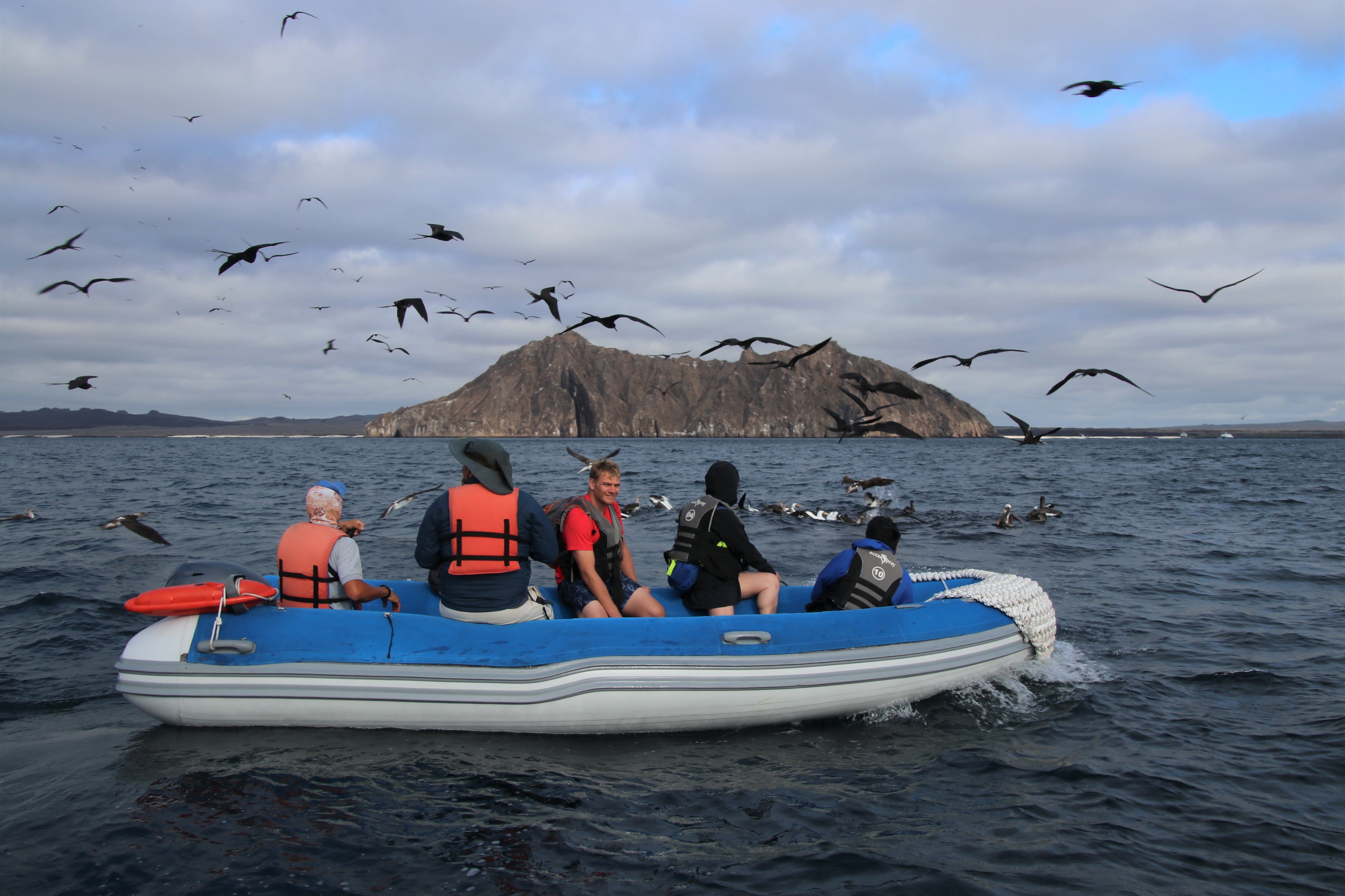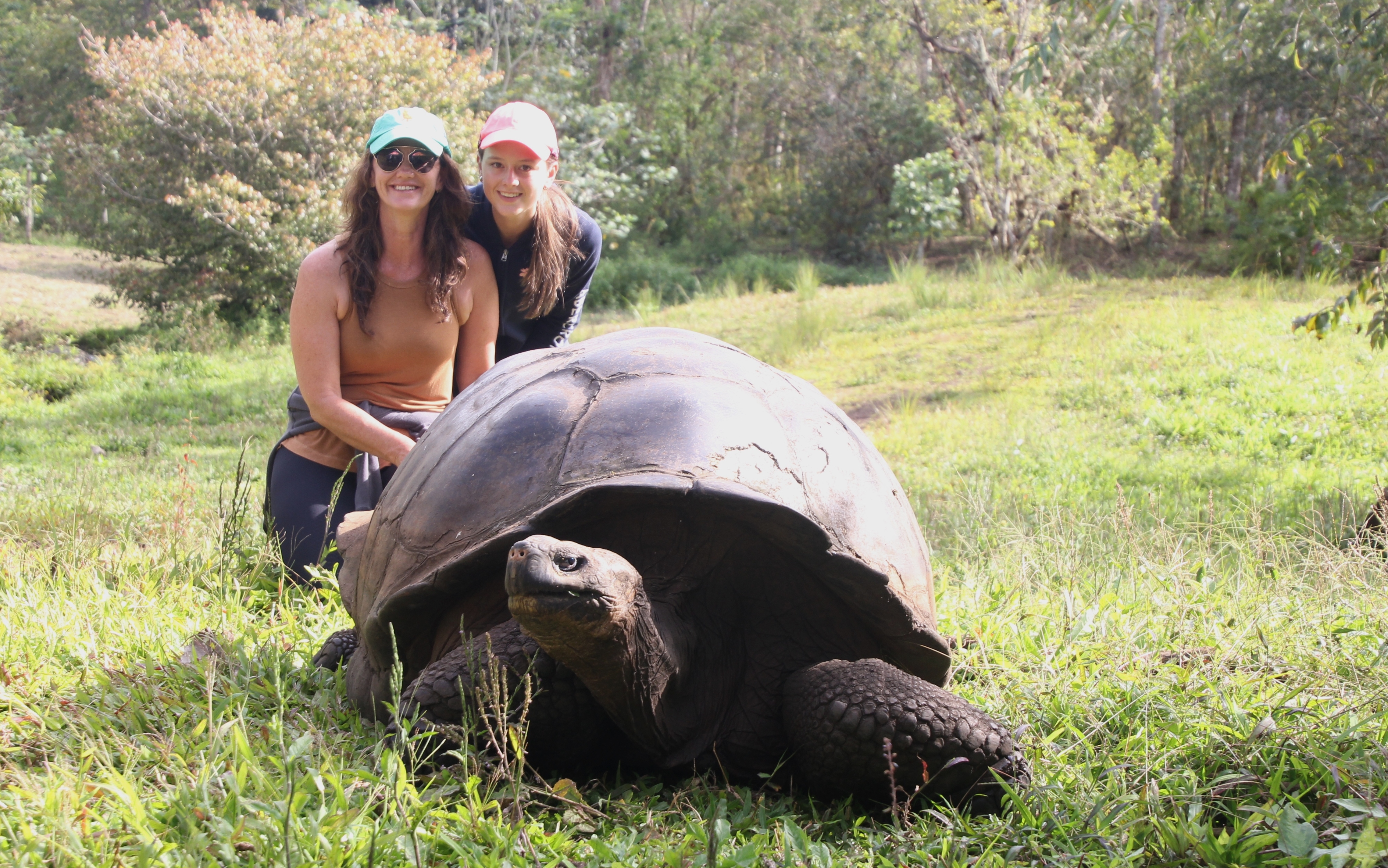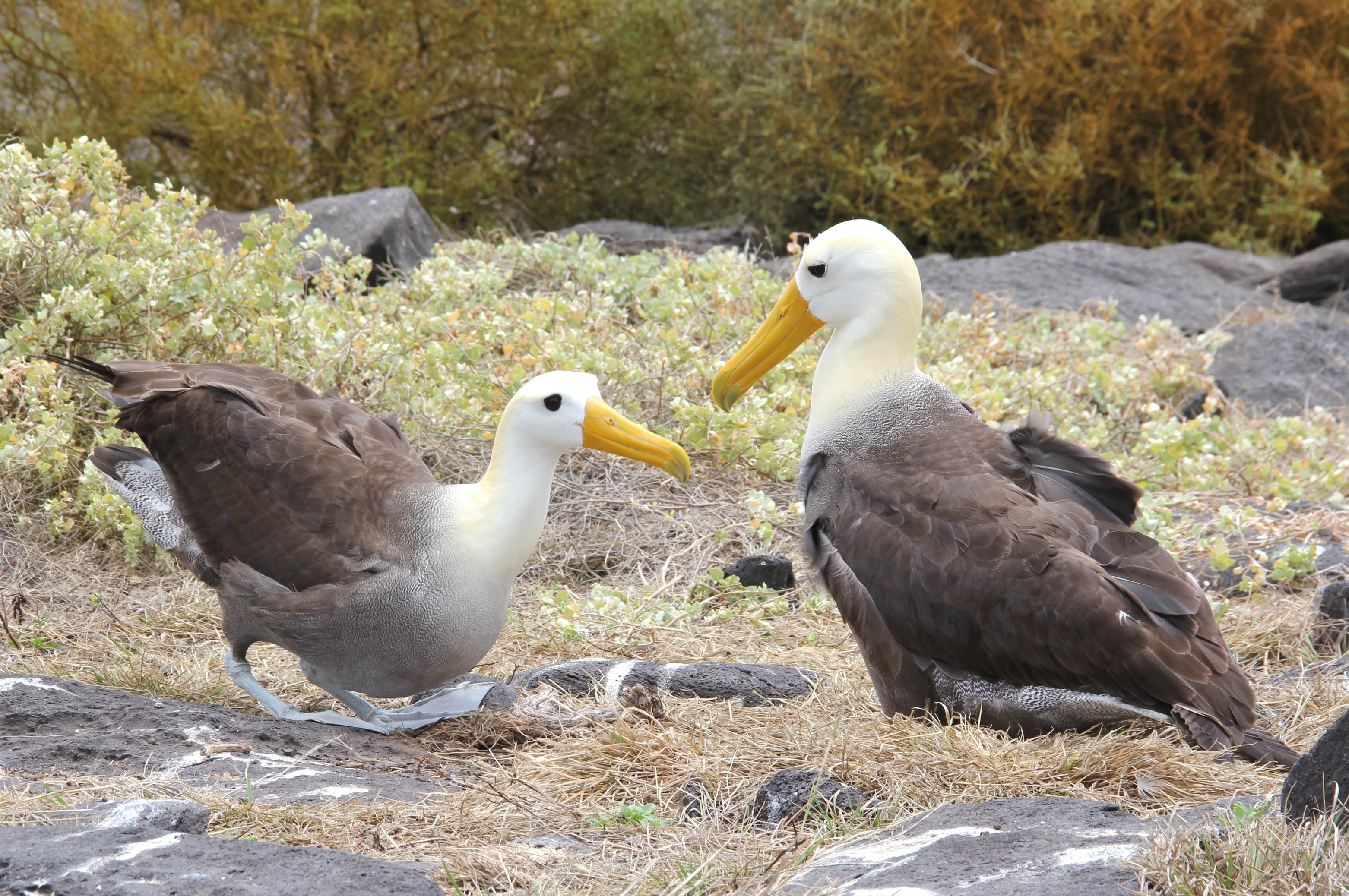By Tom Damon
Long time Southwind in-country partner, Metropolitan Touring (MT), is a leader in sustainable tourism initiatives helping Ecuadorians preserve their natural wonders through ecotourism and park management. Every visitor to Galapagos plays an important role in helping to support responsible tourism for generations of future travelers to the archipelago.
Southwind caught up with adventure travel pioneer Francisco Dousdebés who heads up Corporate Responsibility & Sustainability for MT. A commitment to carbon neutrality is a cornerstone of the company’s values.
Long time Southwind in-country partner, Metropolitan Touring (MT), is a leader in sustainable tourism initiatives helping Ecuadorians preserve their natural wonders through ecotourism and park management. Every visitor to Galapagos plays an important role in helping to support responsible tourism for generations of future travelers to the archipelago.
Southwind caught up with adventure travel pioneer Francisco Dousdebés who heads up Corporate Responsibility & Sustainability for MT. A commitment to carbon neutrality is a cornerstone of the company’s values.
For 25 years, Southwind has teamed up with MT to provide our travelers with expert guides and logistical support for the islands and mainland Ecuador. On our personalized itineraries, guests enjoy nature hikes, snorkeling, sea kayaking and some of the best wildlife photography on earth.
Southwind has carefully vetted MT’s three first-class ships, each provide a top tier natural history cruise experience that aims to reduce the onboard environmental footprint:
M/Y La Pinta – 48 passenger motor yacht
M/V Santa Cruz II – 90 passenger expedition ship
M/Y Isabela II – 40 passenger motor yacht
(click to learn more about each ship’s amenities)
Sustainable cruise technologies are a pillar of MT ships:
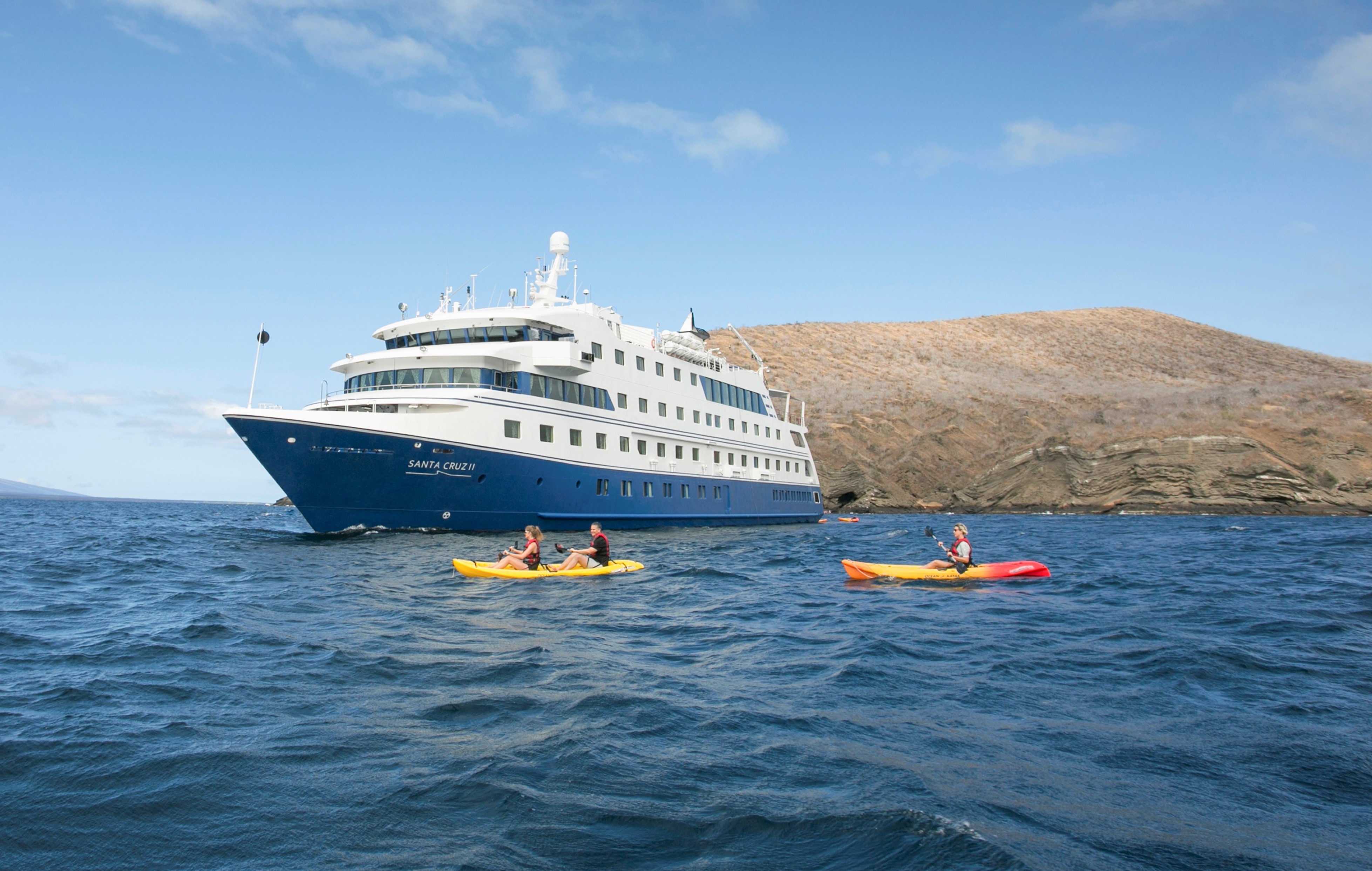
The Galapagos has several towns that make up about 3% of the archipelago, the rest of the territory is preserved as national park. Hotels and villa rentals offer an alternative to cruising. MT’s Finch Bay Hotel, just outside the village of Puerto Ayora on the island of Santa Cruz, offers the ability to explore nearby visitor sites aboard day yachts while comfortably based on land each night.
Sustainability features of Finch Bay:
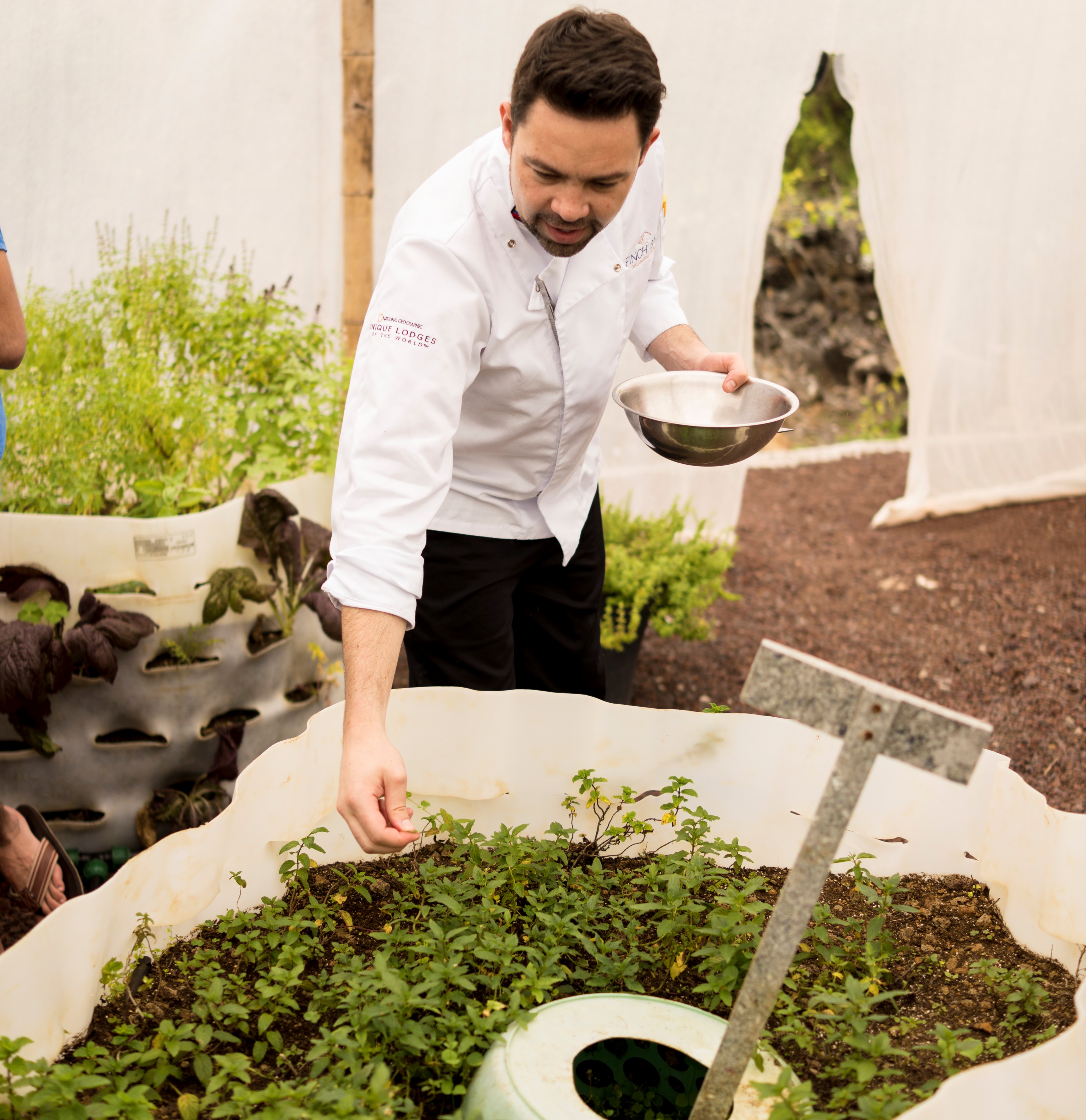
In 1969, MT pioneered live-in cruising providing the first vessel to navigate the islands for tourism. I have personally been onboard all of their expedition vessels –Yacht La Pinta, MV Santa Cruz, Yacht Isabela II as well as Finch Bay Hotel. The company’s 100% carbon neutral status is admirable as is their achievement of SmartVoyager Certification ensuring environmentally-oriented operations.
Leading MT’s sustainability efforts is Francisco Dousdebés.
Born in Quito, Francisco’s interest in natural sciences and the outdoors led to university studies in biology and time as an exchange student in the US. Returning to his homeland, he became a Naturalist Guide for the Galapagos Nat’l Park. In 1988, he studied Broadcasting Communications in the US, worked at the Science Museum of Minnesota and got his Scuba Diving certification. Back in Galapagos, he guided divers in the marine reserve and developed a special interest in birdwatching, marine life, writing and photography. Further studies in Hospitality Management led to an appointment as Cruise Director/Hotel Manager of Yacht Isabela II. For many years Francisco led the Environmental Affairs Department of MT designing sustainable strategies to minimize the environmental footprint of tour operations. Francisco currently heads up Corporate Responsibility & Sustainability leading the company’s most ambitious initiative to date – becoming Ecuador’s first 100% carbon neutral tour operator.
I met Francisco in 2015 during an international forum of Ecuador’s Ministry of Tourism and the Adventure Travel Trade Association. He provided talks to our delegation on the country’s natural history and sustainable tourism.
Below, we feature a Q&A with Francisco.
-Galapagos National Park requires all tour providers to take steps to conserve water/energy, recycle/treat waste material, source locally-produced goods, hire local employees, pay them a fair wage and offer training. What are some ways MT is leading the way going beyond the baseline required by park authorities?
Metropolitan decided in 2016 to become a 100% carbon neutral operator. Although local authorities are not requesting operators to have a climate action plan, we understand being compliant and doing the right thing with best practices, is not enough. With our corporate sustainability policy mentioning the importance of acting in front of climate change, we believe offsetting all our emissions leaves a much better footprint. Our carbon neutrality initiative has a 100% coverage of all operational, administration, and logistical activities. For the benefit of the Galapagos community, we have our OSP (Onboard Students Program), which is open to Galapagos students (age 12-18). We offer them space on board our expedition vessels, so they can see the islands’ biodiversity and the various visitor sites that makes the islands unique. So far, we have taken since 1994 around 1,600 Galapagos students in the OSP.
-Does MT partner with local NGO’s to support sustainable tourism in Galapagos?
The holding group that owns MT has its own acting foundation called Fundación Futuro. Working through local contacts in Ecuador, Fundación Futuro is able to collaborate on projects in the islands and on the mainland. Currently, we are in conversations with the Galapagos Science Center for cooperation platforms in 2021/2022. We have previously funded projects with the Galapagos Conservation Trust. Over the years we have addressed many needs from different angles.
-When travelers visit Galapagos, how do their tourism dollars benefit and protect the wildlife and natural resource that attracts visitors?
The Galapagos National Park charges an entrance fee which is the same amount, regardless the number of days travelers explore the islands. This income funds marine patrolling programs, introduced species’ eradication campaigns, local environmental education, and field trips for restoring ecosystems, including repatriation of giant tortoises. A destination like the Galapagos Islands, that relies on tourism income almost entirely, has been badly affected by the lack of incoming tourist dollars that go into conservation and management of island ecosystems. It is worth mentioning that 82% of the Galapagos economy relates to tourism; therefore, the pandemic has hit the local population quite hard.
-Some travelers may not realize that Ecuadorians reside and make a living in Galapagos, how does MT benefit local communities in the islands?
On several fronts: hiring local residents, purchasing local produce, supplying our tourist needs with local suppliers (transportation, services, etc), having locally made handcrafts and souvenirs available at our ship gift shops local (goal by 2023 is to feature at least 20% local products onboard), and to give Galapagos employees the same access to other MT products with special co-employee rates, medical insurance, etc.
-How is trash and waste generated by ships and Finch Bay handled in such a delicate environment?
Solid waste is classified (plastics, paper, metals) on board our vessels and disposed weekly at our collecting facility in Santa Cruz Island. Same procedure applies to our Finch bay Hotel in Santa Cruz Island. Organic waste (food leftovers) is processed on board and can be disposed only when sailing in open ocean. Grey and black water is treated on board before it can be released. Our Finch Bay Hotel has its own biological water-treatment plant. Some of its grey water can be reused for watering plants.
-Visitors may travel half-way around the world using substantial amounts of energy to arrive and tour the islands, how is MT addressing carbon offsets?
In 2016, and following the recommendations of UN’s Agenda 2030, we decided to act extensively on the front of climate action. By 2017 we became a 100% carbon neutral company, after measuring all our carbon emissions in the fields of operations, administration, and logistics. Quite naturally, every year we incorporate different strategies at lowering our emissions (fuel-efficient contraptions, antifoul paints, power-efficient water pumps, light sensors, water aerators, etc). The offsetting component of our carbon neutral program is perhaps the most comprehensive part of our sustainability efforts, since it happens at our 6,200-acre tropical forest reserve of Mashpi. The two main goals of the carbon neutral program include offsetting our CO2 emissions, but also protecting the tropical forests of the Mashpi Reserve and its communities, through sustainable development of their livelihoods. Best of all is that guests who come to Mashpi Lodge, are able to see the forests that our carbon offsetting program talks about. In most carbon offsetting programs, guests don’t get a chance to see where funds are being used for offsetting. In our measuring of carbon emissions, all domestic flights are included, and the offsetting program extends to all areas where MT guests are exploring while in Ecuador.
Our corporate carbon neutral video can be watched here (5 min): https://www.youtube.com/watch?v=x1ZRnSi4wkA
-Has MT brought sustainability efforts learned in Galapagos to the mainland as well?
Yes, our biggest endeavor has been the protection of the Ecuadorian Andean Chocó Bioregion which started with the protection of 3,500 acres of pristine tropical forest to prevent indiscriminate logging and hunting. This biodiversity hotspot in 2012 hosted the award-winning Mashpi Lodge which brought a different component in sustainable development: the communities that had previously engaged in logging, hunting, land clearing, etc, now needed to be incorporated in the tourism-business model. The biodiversity component of the forest also needed its own science platform and a research department was incorporated at Mashpi Lodge. As scientific expertise was brought to the area, 3 new species to science were added to the biodiversity inventory of the region. This reality brought the need of expanding the reserve, and protecting more land became a priority. By 2019, we expanded the reserve and it now totals 6,200 acres. These forests are the ones that also allow our company to be 100% carbon neutral without the need of sequestering carbon from other forests, or the need of offsetting emissions in other unrelated places.
Currently, 40% of Mashpi Lodge’s employees are members of the three nearby communities. The lodge purchases fresh fruits and vegetables that come from sustainable farming of local communities. Training and the creation of a Naturalist Guide school has also become popular within members of the communities. Some of them have earned the position of “parabiologists”, with all the scientific training needed and forest management field experience. Also, right in the historic center of Quito, we have Casa Gangotena Hotel which is in charge of rescuing the cultural value of the city’s traditions through sustainable practices related to cultural interpretation, architectural preservation, historical awareness, as well as best practices in purchasing local ingredients that are sold exclusively in the historic center. We believe these traditional ingredients (herbs, spices, grains, etc) are part of the city’s history, and losing this could be a major cultural impact.
-What are some best practices learned in Galapagos and mainland that other environmentally sensitive tourism areas could emulate?
I would say the understanding of commitment. Usually, sustainable commitments are associated to investing in better technology, streamlining processes, training staff adequately, etc…and these all have a cost. Thus, for us is an investment more than a yearly expense. Other practices we have come to learn is the importance of guide training. Not only in the many technical fields they are required to be knowledgeable, but also in areas related to service, public speaking, technology, development of soft skills, sustainable development, etc. At the end of the day, our Guides become ambassadors of our country and company. Finally, how to be respectful about traditions and different ways of thinking. Imagine…we needed to sound attractive and interesting to community members that will get paid about $10 per cut tree in the Mashpi area. I’m telling them that those who will visit the forest are birdwatchers and we need the forest to stay up and healthy. Our approach needed to be a totally different one: we’re going to show you how amazing this forest is through the learning and understanding of it, so you get to love it first. Then, I’m going to train you at how to showcase your forest gem to explorers…and yes, get paid more than the equivalent of cutting trees.
The Galapagos Islands of Ecuador are open to visitors as a year round destination. Southwind can design a personalized itinerary using the ships and hotels mentioned above, based on your preferred dates, style of travel and budget. I encourage you to connect with us to learn the latest intel on expedition cruising and lodge based exploring of this natural history treasure and UNESCO world heritage site.
Travel well,
Tom Damon
President & Travel Specialist
Southwind Adventures

